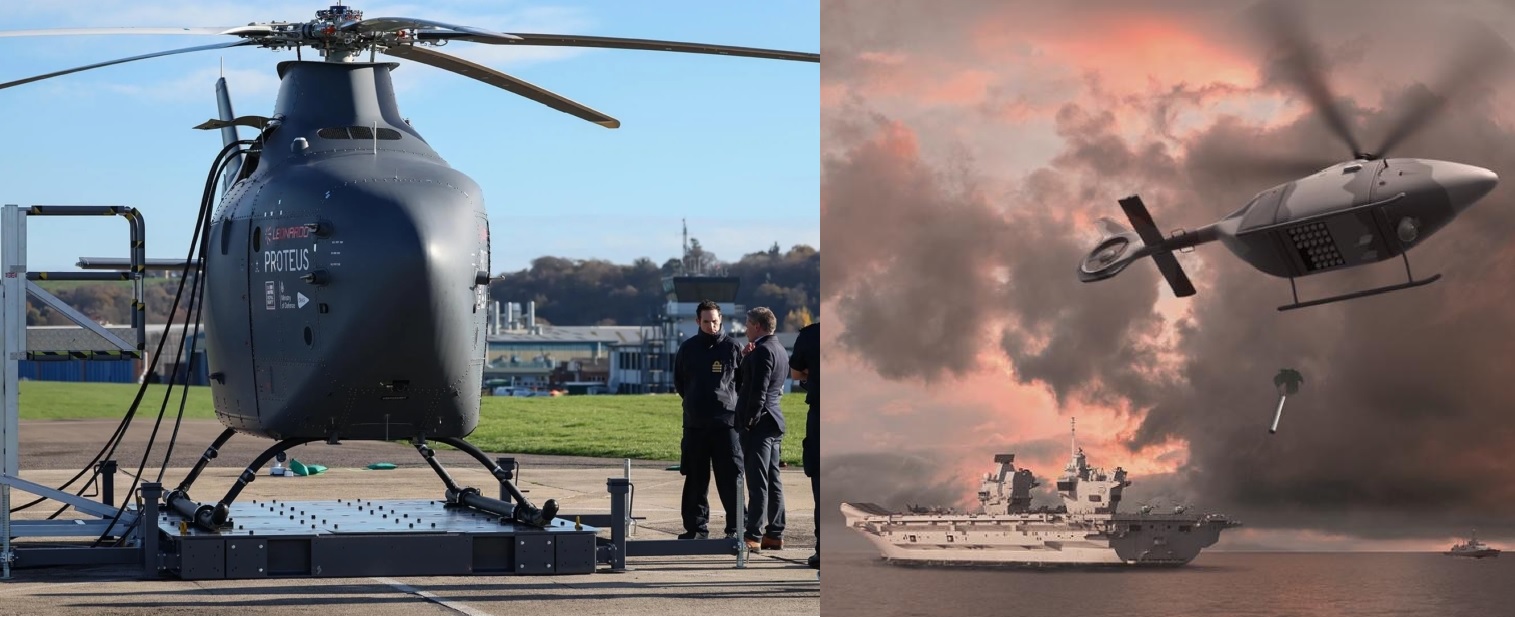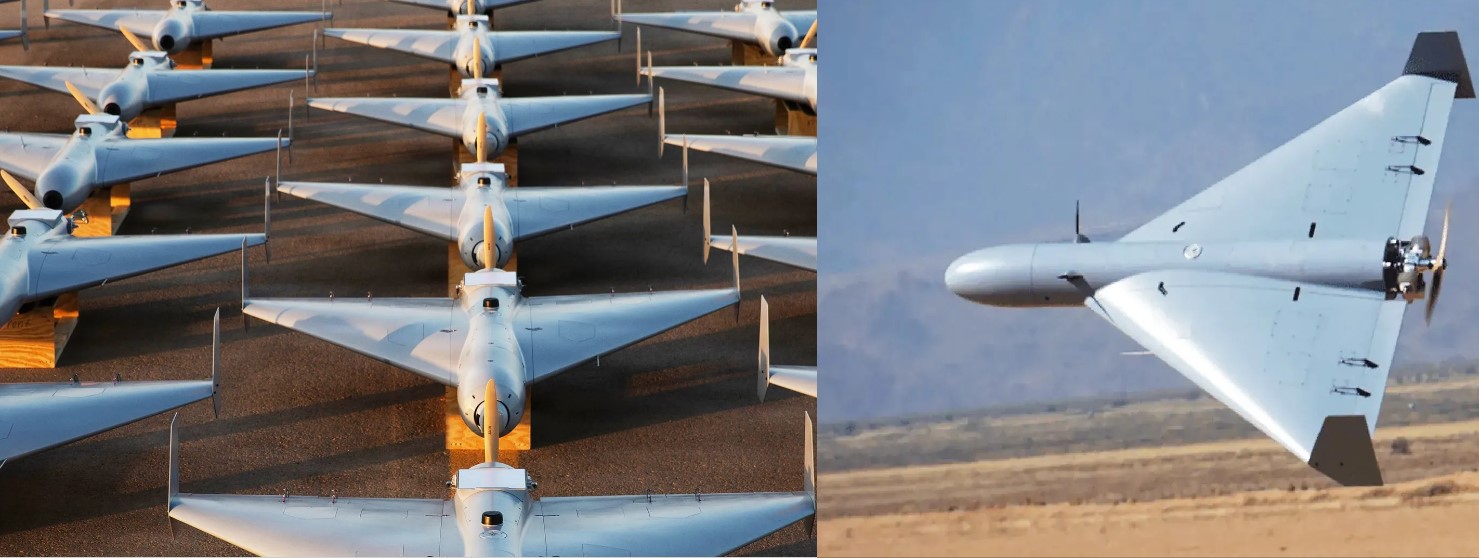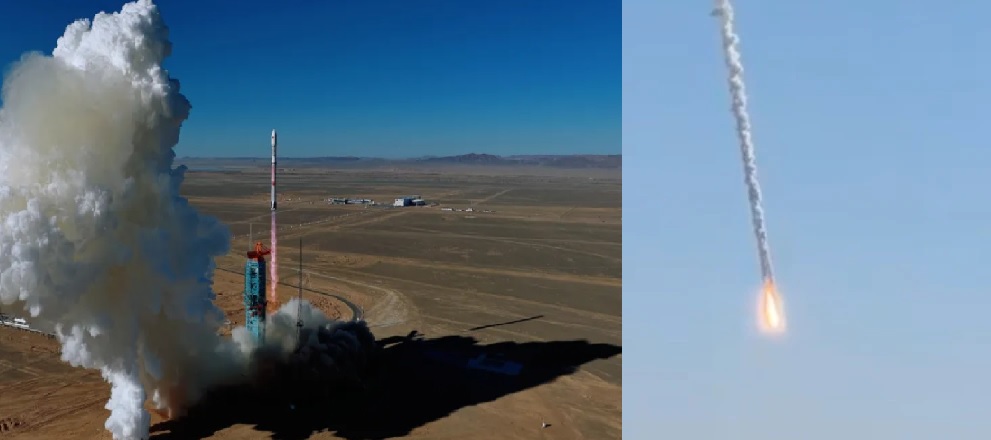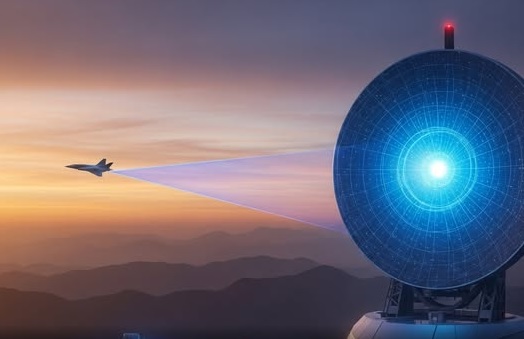DRDO’s Millimetre-Wave Mk-II Seeker Achieves Major Advancement in Missile Guidance
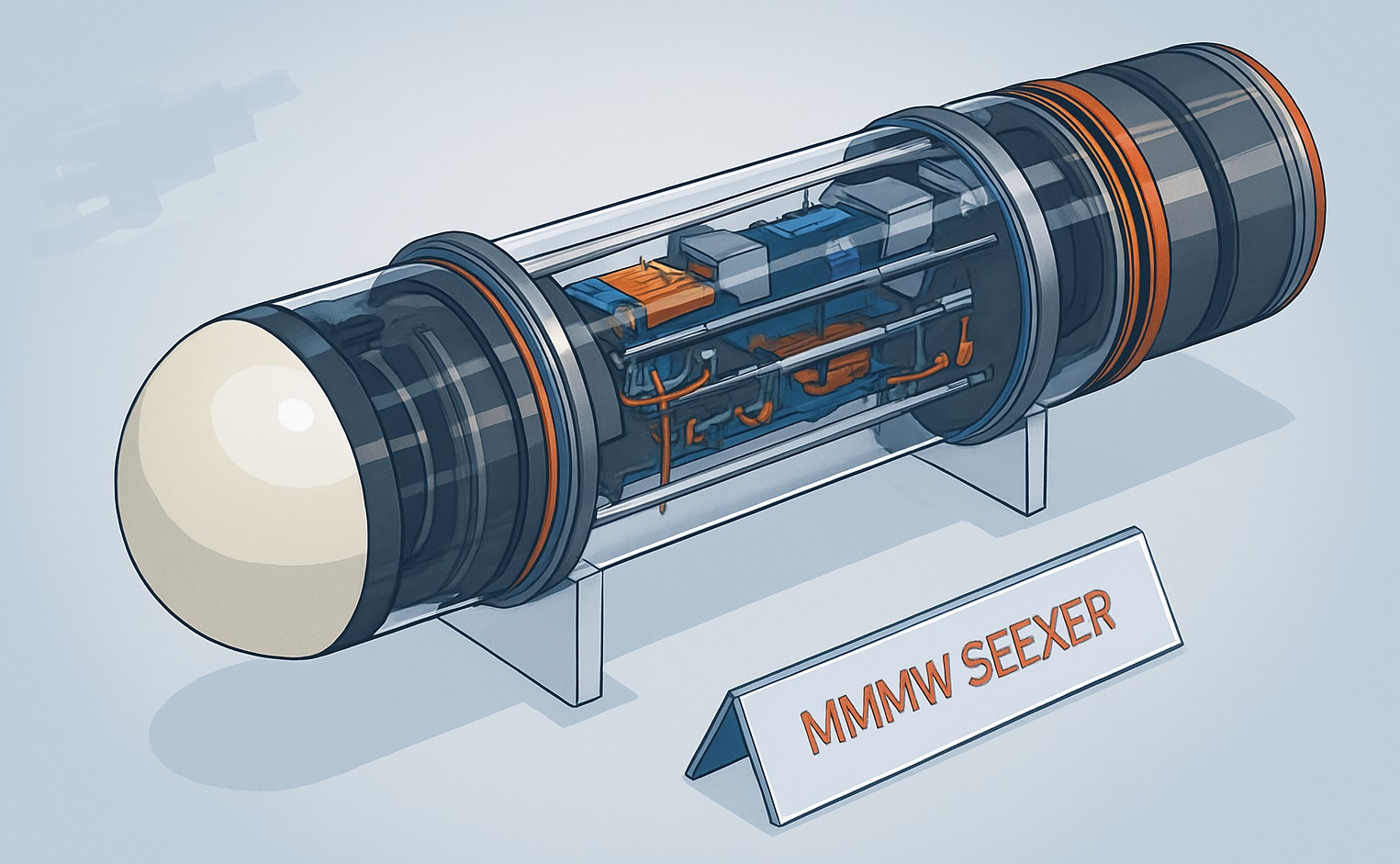
New Delhi, August 2025 – India’s Defence Research and Development Organisation (DRDO) has successfully designed and developed a cutting-edge Millimetre-Wave (MMW) Mk-II Seeker, now equipped with both Lock-On-After-Launch (LOAL) and Lock-On-Before-Launch (LOBL) capabilities. This marks a substantial leap in missile guidance technology, potentially elevating the precision and versatility of India’s next-generation missile systems.
What Sets the Mk-II Seeker Apart
-
Dual Lock-On Modes: The seeker supports both LOBL (allowing target acquisition before missile release) and LOAL (enabling the missile to acquire the target mid-flight). This dual-mode flexibility greatly enhances engagement options against dynamic, long-distance, or stealthy targets.
-
Millimetre-Wave Precision: By harnessing millimetre-wave radar frequencies, the seeker offers exceptional resolution and target discrimination—even under adverse weather, low visibility, or electronic warfare conditions.
-
All-Weather, Jam-Resistant Performance: The seeker’s radar-based approach ensures reliable operation in diverse environments and resilience against common countermeasures.
Strategic Significance
-
Enhanced Combat Flexibility
With both pre-launch and post-launch locking capabilities, missile operators gain multiple engagement strategies—ideal for both static and mobile targets, increasing mission success probabilities. -
Superior Targeting Accuracy
MMW technology offers high-resolution imaging, allowing the missile to distinguish closely spaced targets and engage effectively even when adversaries use stealth or dispersion. -
Robustness Against Electronic Warfare
Radar-based seekers fare better than infrared or electro-optical systems when faced with jamming or deceptive tactics, ensuring reliable operability in contested environments.
Alignment with DRDO’s Future-Ready Strategy
DRDO’s introduction of the Mk-II seeker fits seamlessly into its broader push towards next-generation, indigenous missile technologies. Notable advancements under DRDO’s vision include improved seekers for the Astra missile, emerging EO/IR dual-mode seekers, and guidance modules for anti-radiation and air-to-ground systems. The Mk-II represents another strategic building block aimed at achieving self-reliance and operational supremacy.
Where It Could Be Deployed
The Mk-II seeker is not limited to a single missile type. Potential platforms include:
-
Air-to-Air Missiles (AAMs) like Astra variants—pushing for longer range and higher accuracy.
-
Anti-Radiation Missiles (ARMs) such as Rudram-2, which already boast LOBL/LOAL functionality.
-
Surface-to-Air Missiles (SAMs), especially future developments in Akash-NG or other indigenous programs.
-
Precision Air-to-Ground Weapons, including next-gen SAAW platforms equipped for dynamic targeting.
India is steadily closing the gap in advanced missile guidance technology. With developments like the MMW Mk-II seeker, the nation is gaining not just technological prowess but also operational autonomy, reducing reliance on imported systems. This strategic climb is supported by collaborative efforts across DRDO labs, allied research institutions, and trusted industry partners.
✍️ This article is written by the team of The Defense News.
